Before We Begin...
Here's a quick word regarding why I've decided to tackle this project, and how anyone, especially inexperienced people like me, could do it:
As technology progresses, the world is constantly undergoing drastic change, and the learning curve of the engineering field gets steeper every day. Therefore, we designed a series of courses for starters to have a better understanding of the field of robotics, electronics, and electrical engineering. This project provides insight for those who desire to learn the basic concept of automation.
If you are someone who is interested in or just started programming and have no idea how to advance your skills further, consider following along as we will most certainly face the same problems as you do!
 Joey Shyu
Joey Shyu
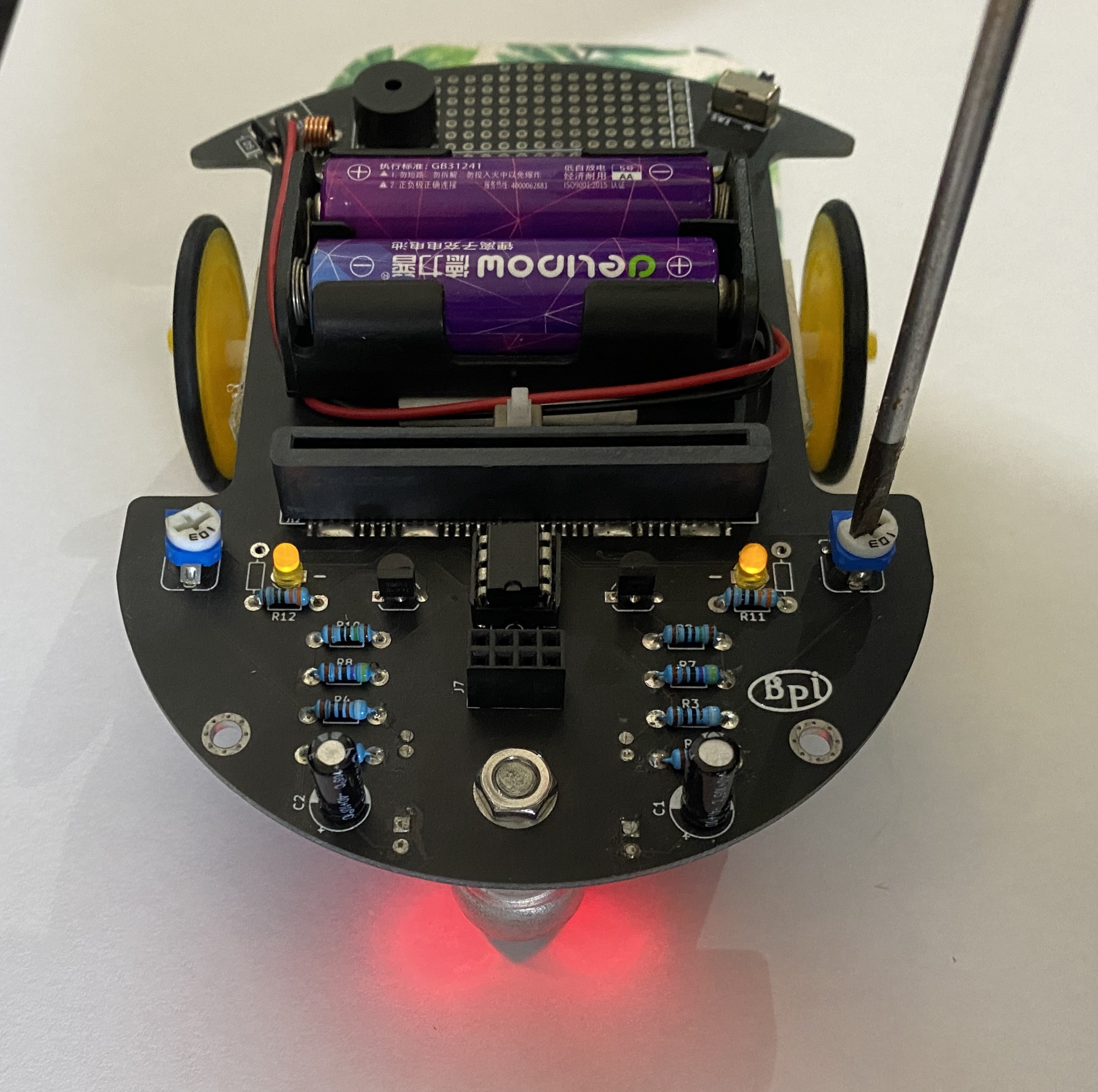
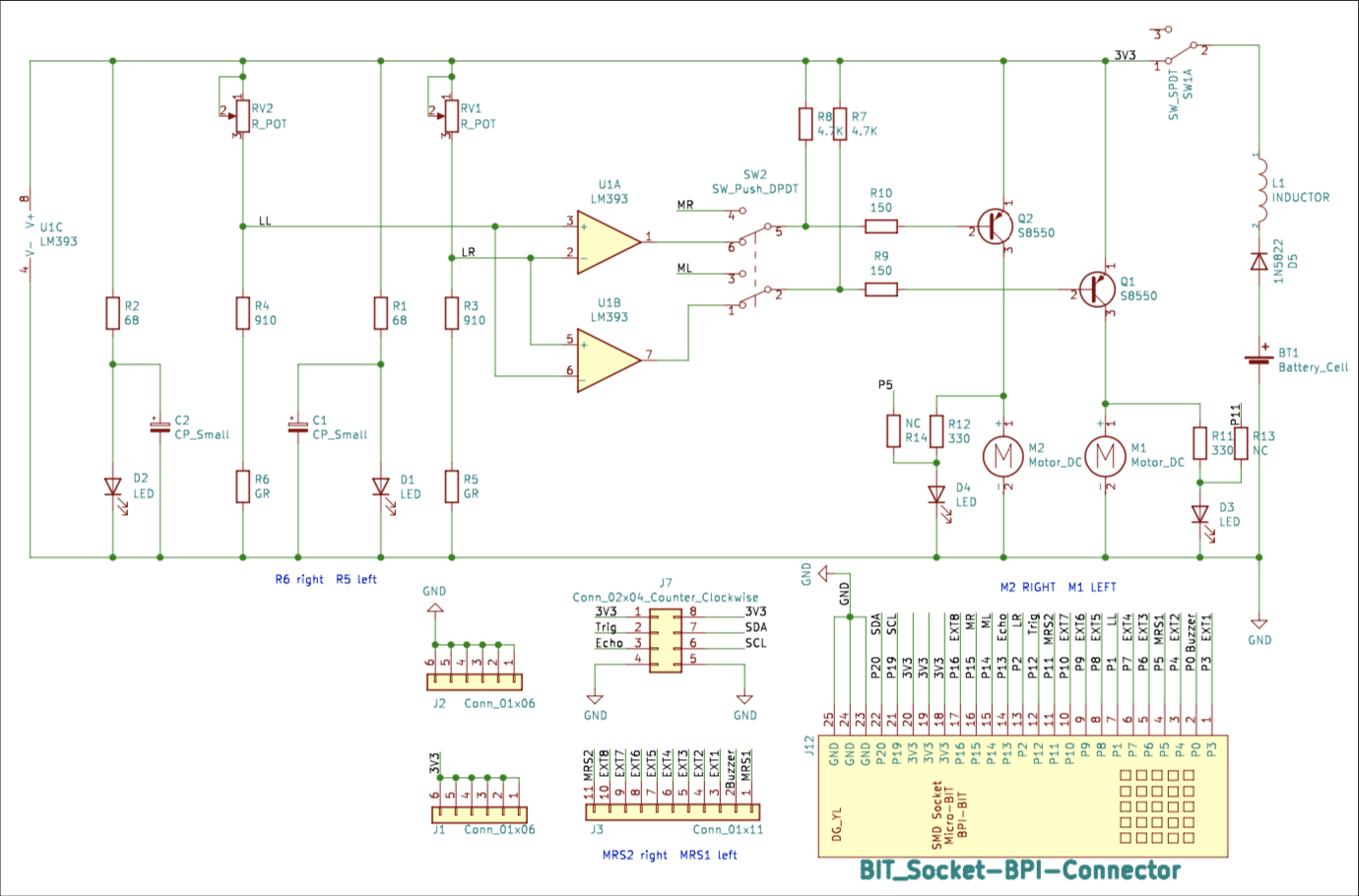

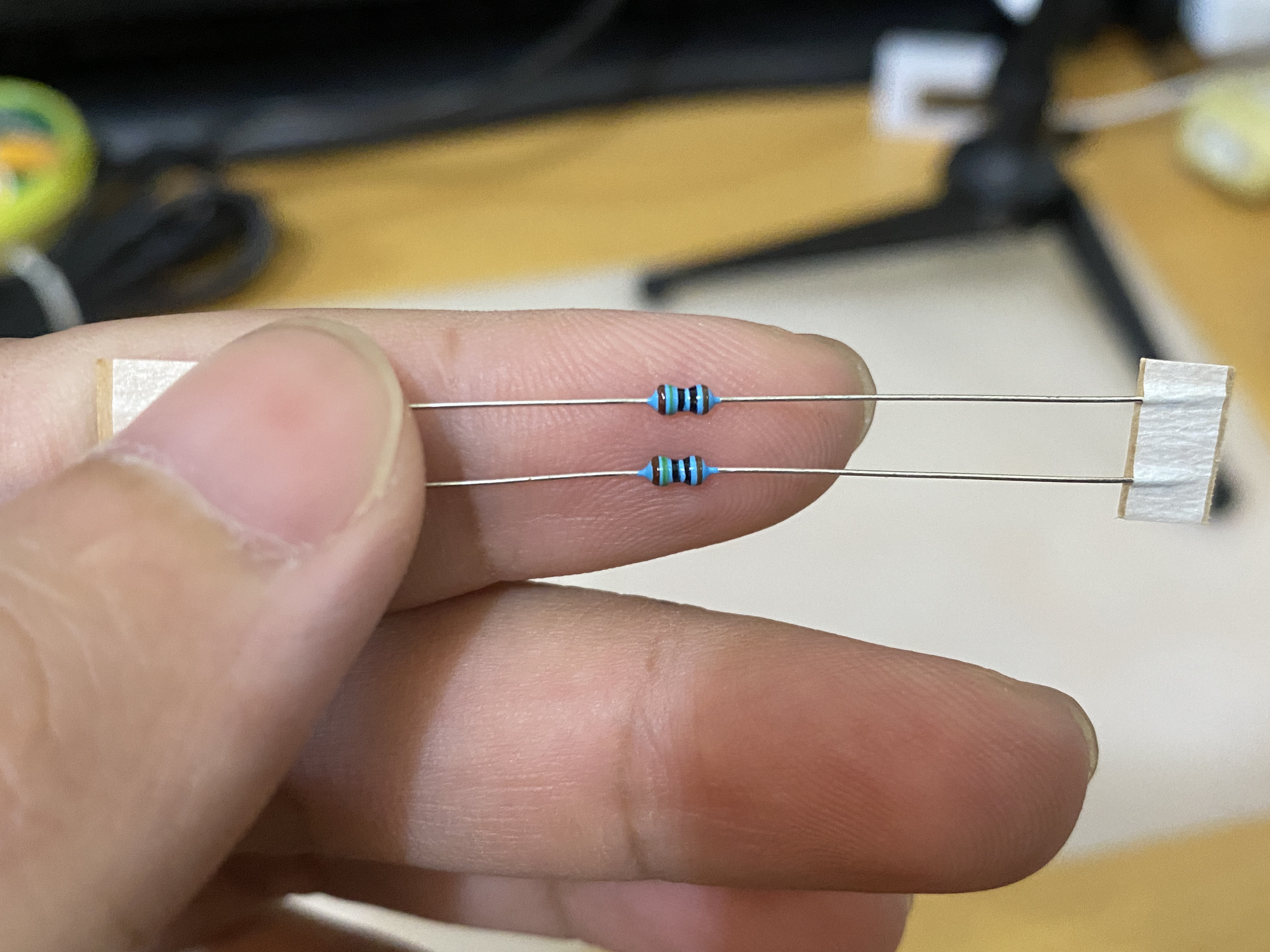
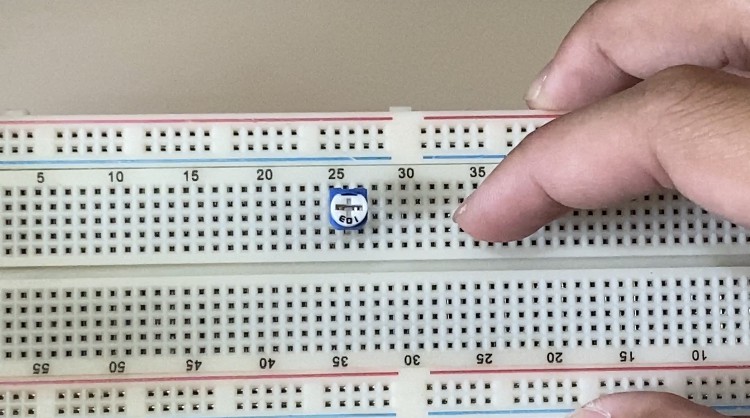


 Yann Guidon / YGDES
Yann Guidon / YGDES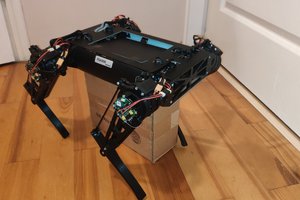
 Peter Wasilewski
Peter Wasilewski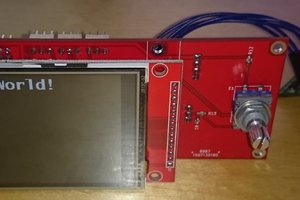
 SUF
SUF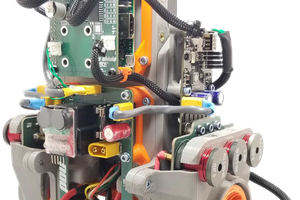
 Mike Moore
Mike Moore